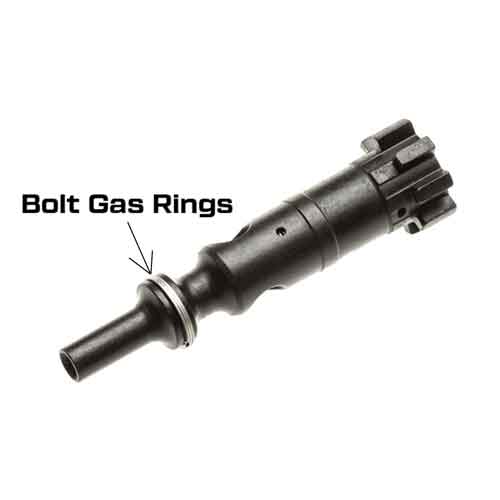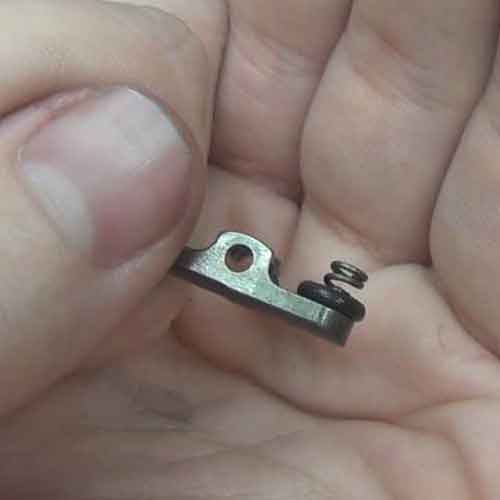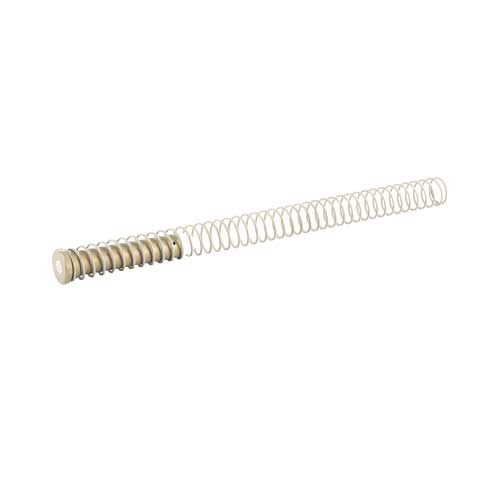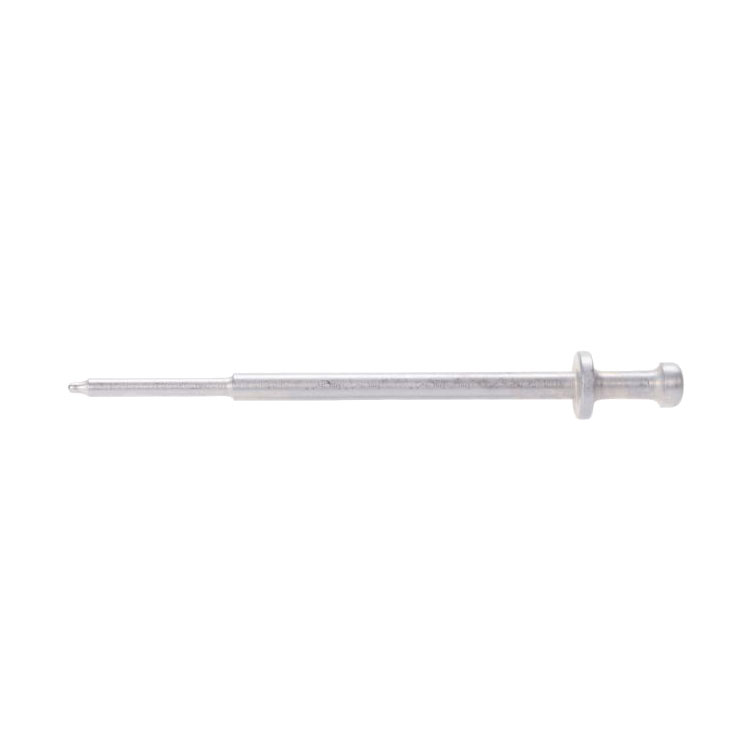What parts wear out most on an AR-15?
What parts wear out most on an AR-15?
In the vast domain of firearms, specific names stand out, not just for their popularity but also for their advanced engineering and adaptability. Among these iconic names, the AR-15 carves out a unique niche. Renowned for its modular architecture, this rifle offers unmatched versatility that has drawn the admiration and preference of diverse users – from recreational hobbyists to competitive sharpshooters and tactical professionals.
However, beneath its refined facade and impressive performance, the AR-15, like all intricate machines, remains vulnerable to the natural process of wear and tear. This is especially true when used extensively in varied environments and conditions. Though its durability is impressive and often celebrated, it isn't absolute. Certain AR parts within this complex structure tend to degrade faster, necessitating periodic attention, replacements, or upgrades. But which components are these, and why do they warrant special attention?
Understanding these nuances is critical for seasoned AR-15 enthusiasts and budding firearm aficionados. This knowledge ensures that the rifle operates at its peak efficiency and crucially guarantees the safety of its operator.
Bolt Gas Rings: The Understated Gatekeepers of Efficiency
 The role of the AR Bolt Gas Rings in the AR-15's ecosystem might seem minuscule at first glance. Positioned discreetly on the bolt, their primary function is to keep the rifle's system airtight during firing sequences. In doing so, they prevent the unintended escape of gas, which is crucial for efficient firearm operation.
The role of the AR Bolt Gas Rings in the AR-15's ecosystem might seem minuscule at first glance. Positioned discreetly on the bolt, their primary function is to keep the rifle's system airtight during firing sequences. In doing so, they prevent the unintended escape of gas, which is crucial for efficient firearm operation.
Yet, their continuous interaction with high-pressure gases and the mechanical stresses of firing means they gradually succumb to wear. Over time, deteriorating gas rings can lead to gas leakage. This doesn't merely diminish the rifle's efficiency; it can also impede the optimal functionality of the entire bolt carrier group. To maintain a robust AR-15, users must routinely inspect these rings, ready to replace them when signs of wear appear.
Extractor and Extractor Spring: The Tireless Duo in Bullet Ejection

Every time an AR-15 user pulls the trigger and fires a round, a rapid sequence of events unfolds within milliseconds. The extractor and its accompanying spring are at the heart of this post-firing ballet. Their mission? To efficiently grab and remove the spent casing from the chamber, thus readying the rifle for the subsequent shot.
But this relentless operational cycle gradually wears on them. Thousands of rounds mean thousands of repetitive motions, each exerting minute yet consistent stress on these components. The extractor or its spring could become tired or even break. Such malfunctions could result in failures to eject spent casings, disrupting the rifle's otherwise fluid rhythm. Recognizing the signs of wear early on ensures that the rifle's ejection system remains pristine.
Buffer and Buffer Spring: The Unsung Heroes of Recoil Management

When one thinks of the AR-15's firing mechanism, images of bullets, barrels, and triggers might dominate the imagination. The buffer and buffer springs rarely come to the forefront. Yet, their role in the rifle's operation is intricate and invaluable.
These components serve dual yet interconnected functions. They efficiently absorb the recoil, protecting the user from excessive force while ensuring the bolt carrier group cycles smoothly. This complex balancing act, however, means that the buffer and its spring are constantly under mechanical stress.
Their structural resilience is tested as they handle the recoil of thousands of rounds. The spring may gradually lose its innate tension, and the buffer could exhibit wear. These changes might subtly alter the rifle's recoil behavior or lead to cycling disruptions. For a seamless shooting experience, users must keep a keen eye on these components, replacing them when necessary.
Firing Pin: The Silent Catalyst of Every Shot
The firing pin is easily overlooked in the vast assembly of the AR-15's components. Yet, every shot fired is a testament to its pivotal role. Nestled within the bolt carrier group, it bridges the hammer's force and the cartridge's primer ignition.
Its design is robust and intended to endure thousands of impacts. However, nothing is truly unbeatable. Over prolonged usage, the firing pin might show signs of wear or, in extreme cases, breakage. Such issues can hinder the rifle's performance, making it less reliable. Routine inspections, especially for signs of wear or structural abnormalities, are paramount.
Gas Tube: The Silent Facilitator of Rapid Fire
The gas tube enables the AR-15's impressive semi-automatic capability. This conduit serves a simple yet crucial purpose: directing the high-pressure gas from the ignited cartridge to the bolt carrier group. This cyclic process ensures that the spent casing is ejected and a fresh round swiftly chambered.
But this very role exposes the gas tube to immense pressure and heat. Its integrity can be compromised over time, especially with rigorous and frequent usage. Residue accumulation or minor erosions can hinder its performance, leading to cycling inconsistencies. To ensure the AR-15's famed rapid-fire capability remains unhindered, regular maintenance and timely inspections of the gas tube are non-negotiable.

Conclusion: A Symphony of Maintenance and Vigilance
The AR-15 is undeniably a marvel of modern firearm engineering. While its design is robust, it requires attentive care. The components highlighted here, though not exhaustive, represent some of the most wear-prone parts of this iconic rifle.
It's worth noting, however, that with conscientious maintenance, timely inspections, and periodic replacements, the AR-15's lifespan can be significantly extended. The market's abundance of replacement parts and upgrades also means enthusiasts can readily address wear-related concerns. With such diligent care, the AR-15 remains a reliable companion, ready to deliver precise shots round after round.
Recent Posts
-
Best AR-15 Handguards - MOE SL Handguard
In the world of AR-15 customization, handguards not only protect the barrel but are pivotal in enhan …Feb 5th 2025 -
Budget vs. Premium AR-15 Rifle Scopes: Are Expensive Optics Worth It?
When it comes to enhancing your AR-15's performance, selecting the right AR-15 rifle scope is crucia …Feb 2nd 2025 -
Top Lightweight Red Dot Sights for Minimalist AR-15 Builds
Choosing the right red dot sight for your AR-15 is more than just picking a well-known brand—i …Jan 30th 2025





